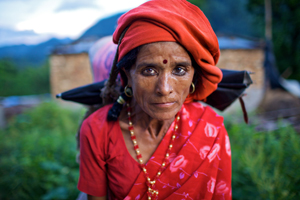Extending the reach of flood insurance
Over the past few weeks, South Asian countries have been suffering torrential rains and devastating floods and landslides, exacerbated by Cyclone Komen, leaving over 100 dead and over a million displaced from Pakistan to Myanmar. The annual monsoon season in the region, normally a lifeline for farmers, this year resulted in floods that have caused severe damage to crops.










